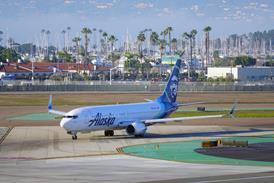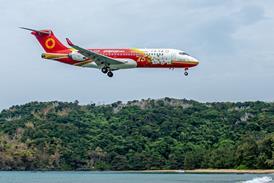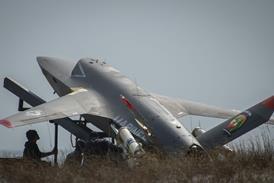The US Air Force has decided to fix a key structural problem that has bedevilled the Northrop Grumman B-2A stealth bomber since it was introduced 22 years ago.
Northrop will produce a redesigned metal plate called the aft deck under a $109 million contract awarded by the air force on 21 September, the US-based manufacturer announced.
The metallic aft deck is supposed to shield the composite airframe from the heat and vibration generated by the exhaust of four General Electric F118 engines.
But the aft deck started developing cracks almost as soon as the aircraft started flying, with costly repairs required within 10% of the structure's projected lifetime, according to air force documents.
 |
|---|
| © US Air Force |
Until now, the USAF has been willing to pay the repair costs rather than implement a structural redesign, but the B-2A fleet is already starting to age, driving up the cost of repairs. The average cost to operate a B-2A for 1h has jumped from about $90,000 in fiscal year 2007 to more than $130,000 in FY2010.
As operational costs began spiking, USAF researchers quietly teamed up with Northrop to address the aft deck cracking problem.
In 2008, the Air Force Research Laboratory (AFRL) announced it was developing a system that could accurately model how the cracks formed on the upper surface of the B-2A fuselage.
Two years later, Northrop officials predicted a contract to start producing a redesigned structure was imminent, although the award would be delayed by nearly 18 months.
Northrop has not disclosed the precise changes that are required to prevent the aft deck from cracking prematurely. Last year, company officials said part of the solution involved allowing the heated exhaust to ventilate through the structure.
The AFRL, meanwhile, has released documents describing a new B-2A aft deck design with "intelligent stiffening" techniques. This method overcomes the problem of weakening another area of the fuselage by strengthening the original problem area too much.
It was not immediately clear how much the redesign project would cost. Northrop did not provide details about the $109 million contract, or whether it funded work on just one of the remaining 20 B-2As.
The USAF plans to keep operating the B-2A fleet for the next three decades.
Source: Flight International























